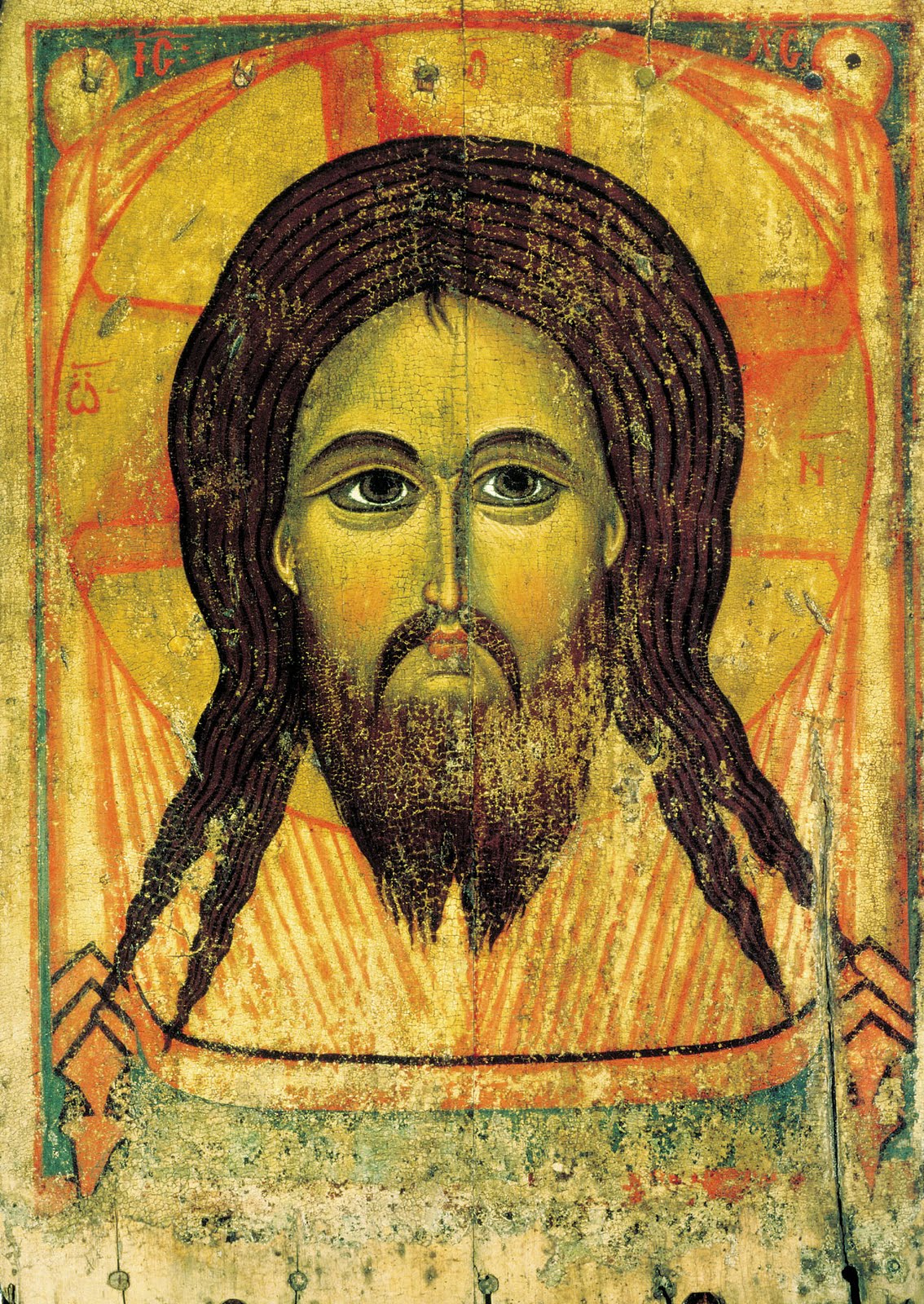Why Iconography
Icons draw us ever past the surface and into the fullness of life.
About the Artist
Growing up in a Bible Church, I did not have many opportunities to view religious art. As a rule, the churches are sparse- erring on the side of caution when trying to fit God into a frame.
So, other than yawning through icon exhibits as a child, my first real encounter with iconography was at Baylor University through Dostoevsky. Dr. Ralph C. Wood insisted that icons were essential to understanding the world of The Brother's Karamazov. With him we studied basic Orthodox doctrine regarding icons and the decoration of Orthodox Churches.
Also with him, I met Christ Pantocrator and the Mandylion. I came to understand basic symbols and the meaning of different colors. In short, I learned the basics of reading icons.
It was not until some years later that I happened upon an Iconographer in Dallas, TX who agreed to teach me the ancient art. Jane Ladik is a master iconographer who has studied iconography for much of her life and loves to teach those interested in the tradition.
Since then, I have continued writing icons and learning more about Byzantine Iconography and other types of iconography. To this end, I spent a summer in Cuzco, Peru learning the distinct style of the Cusquenian School of Iconography under the guidance of master iconographer, Elvin Taca.
Currently, I live in St. Louis Missouri where I continue to learn, paint, grow, and pray as I enter more and more into the worship and writing of religious icons. Each icon tells a story and focusing on the details of the work elevate my thoughts and prayers as they attempt to rise toward God. I am ever thankful for the way icons allow me consider and engage more fully in the lives of the saints and the life of the Lord.
Style & Process
Mary Claire's icons are written in the Greek Orthodox Tradition.
Each icon is painted on a birch panel covered in a layer of canvas which is painted over with many thin layers of Gesso. The figure is then painted onto the Gessoed board in thin layers, beginning with the darkest colors and slowly bringing out the highlights. The face, culminating finally in the eyes, is painted last. Next, the gold leaf is laid onto the board and the final touches, including the borders, the halo, and the Greek script, are added.
After the work is complete, a veneer is placed over the icons so that the clients can feel comfortable venerating the icon. As part of their tradition, many Orthodox and Catholic Christians kiss and touch the icon as they use the image to enhance and support their worship in prayer.
Commissions
If you have a special devotion of a certain saint or to certain depictions of the members of the Holy Family, you can request an icon. Contact Mary Claire through the website to begin a conversation about the icon you would like. Feel free to include stories about why that particular saint or image means what it does to you and how it has had an impact on your life.
One of the truest joys relating to the creation of icons is getting to know why YOU are devoted to a particular saint. The personal history each viewer has with an icon can extend through generations, connecting family members through prayer and spiritual beauty. These individual relationships between believer and icon personalize an extremely rich tradition, bringing it ever into our modern world with a poignant reality.
Thank you for viewing Wellwick Iconography!
Christ Pantocrator
The Mandylion
Icon c. 1700s from the Cusco School of Art
St. James the Lesser, Up Close

